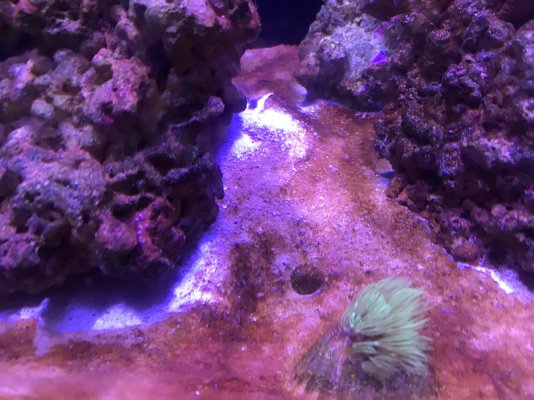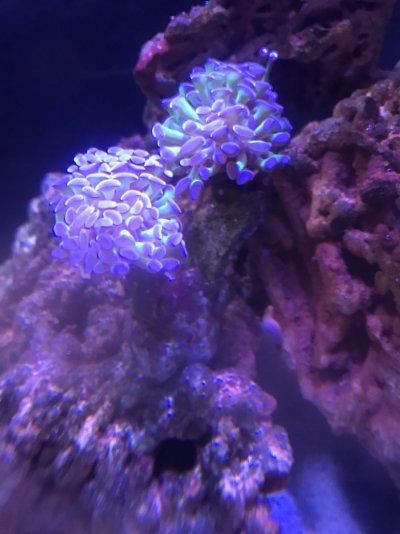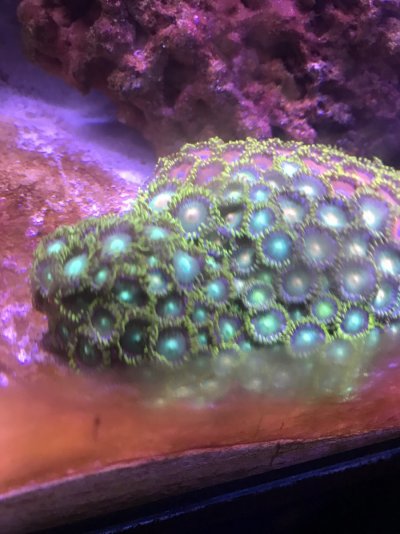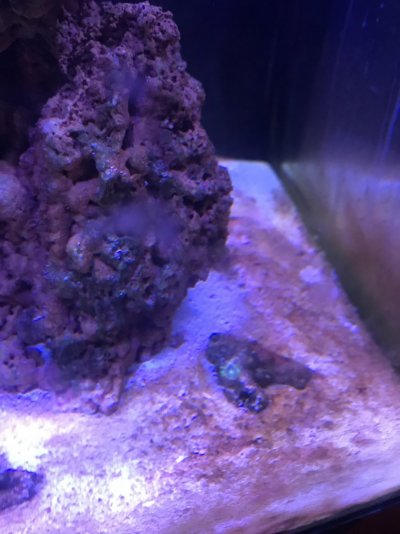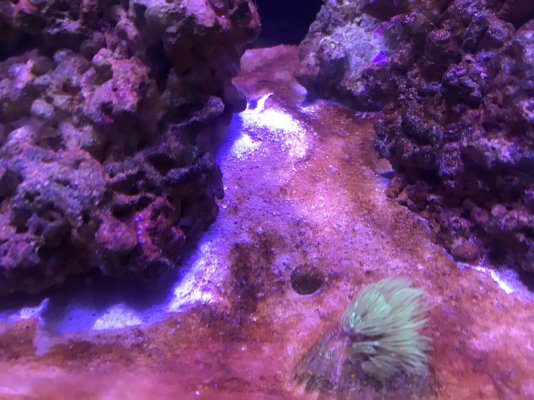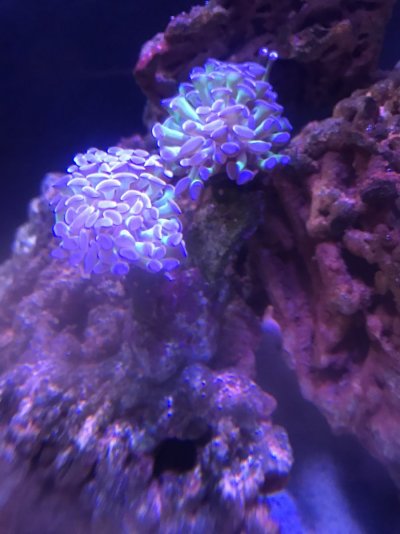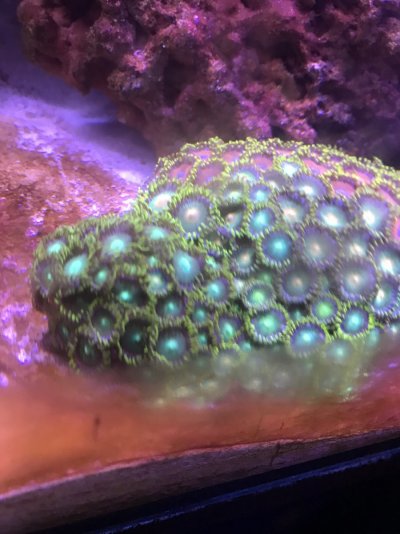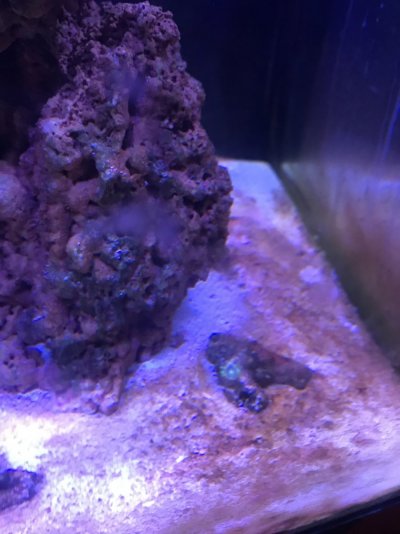- Joined
- May 22, 2016
- Messages
- 6,563
- Reaction score
- 10,138
So you are cutting way back on light, adding peroxide, and adding Dino X an algaecide. I'm guessing you are killing a lot of stuff. You should figure out how you are going to remove all of the dead organic matter that you are creating. I understand that you aren't doing water changes, so it might not be the simplest thing.
Also when people say stop carbon. They mean carbon dosing, not to get rid of GAC. GAC is very useful for removing toxins, and general dissolved organic material.
Also when people say stop carbon. They mean carbon dosing, not to get rid of GAC. GAC is very useful for removing toxins, and general dissolved organic material.







